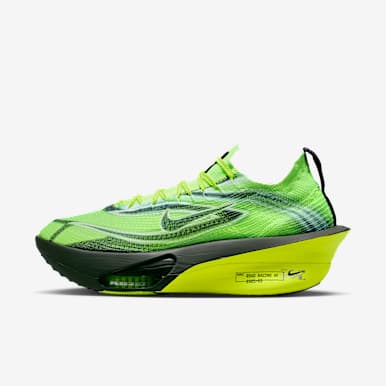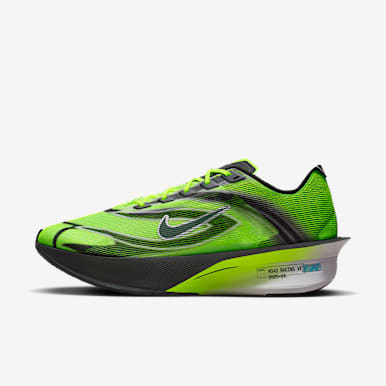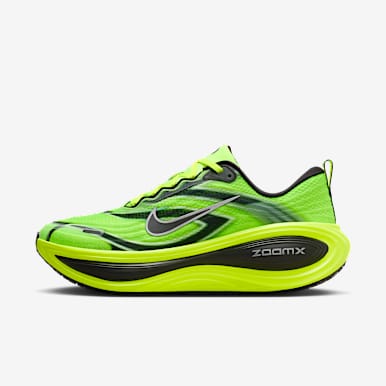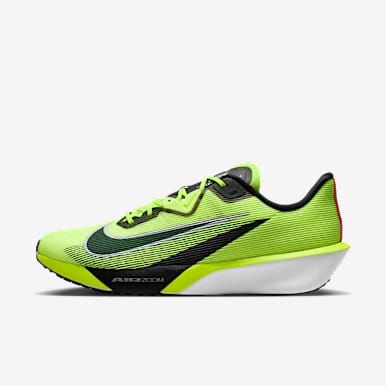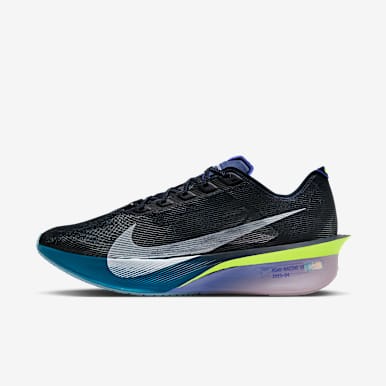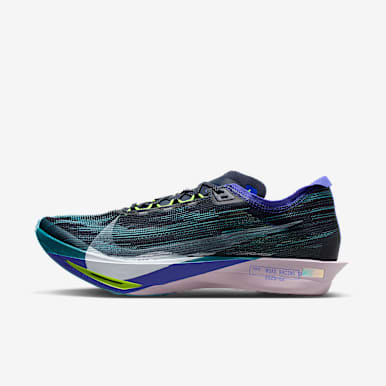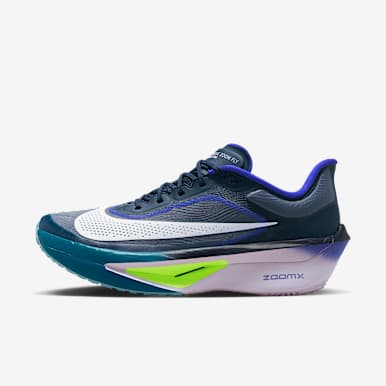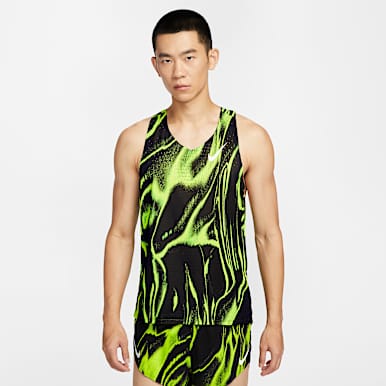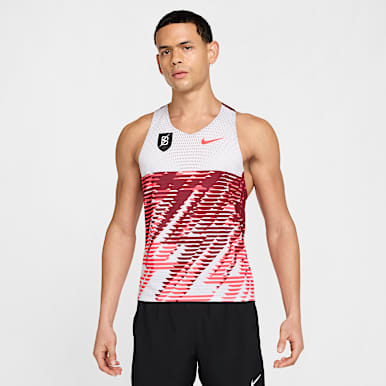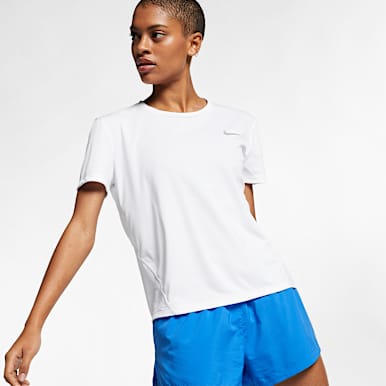How To Run at Safely Night — And Its Potential Benefits
Sports & Activity
Ready to squeeze in a sweat sesh after sunset? Here’s what to know before you lace up.
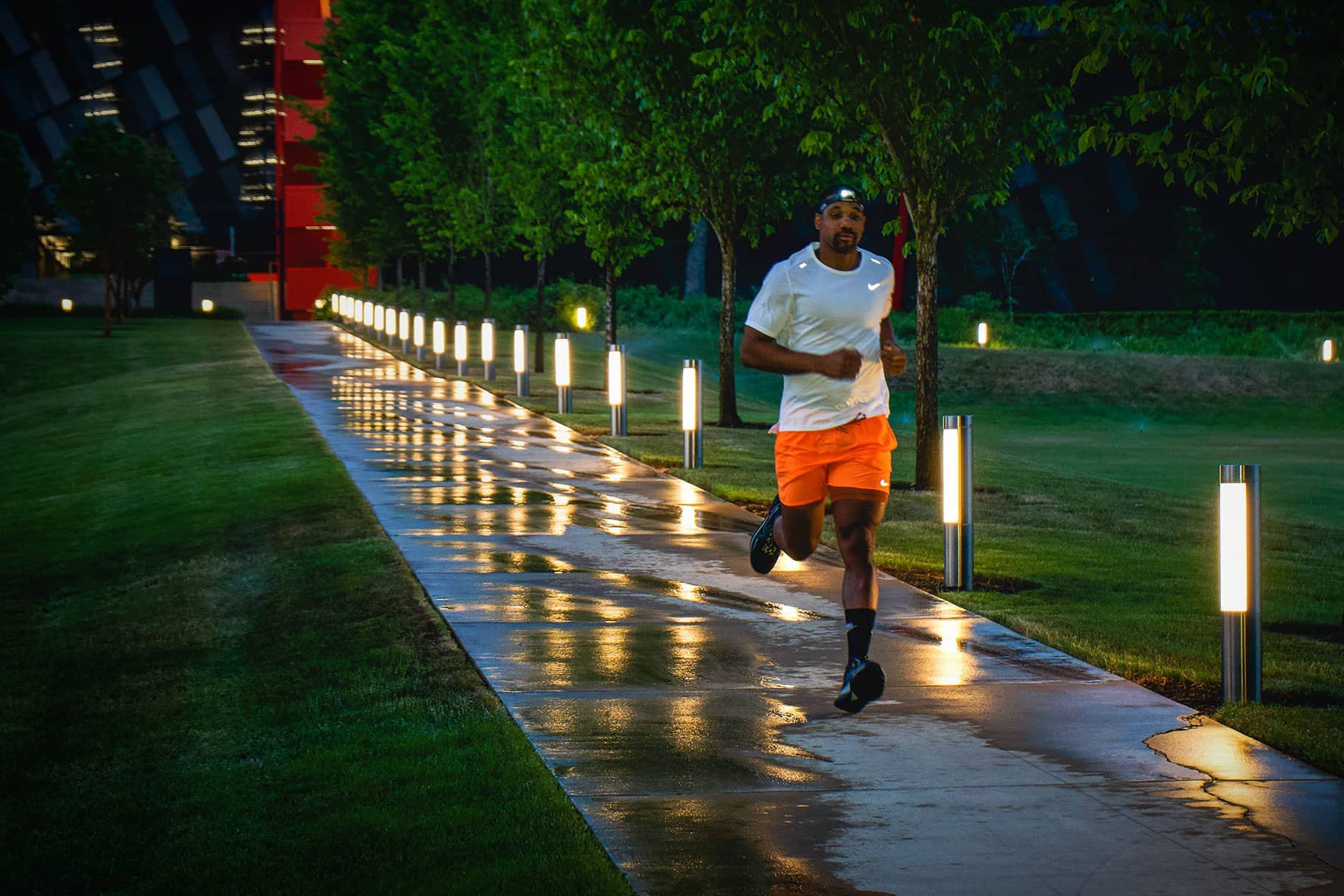
Whether you’re a seasoned runner or a beginner, you likely have a preferred time to hit the pavement, trail or treadmill — like at the crack of dawn or midday, for example. Alternatively, maybe you’re a night owl who likes to get miles in after your daily responsibilities are complete.
Running at night can have its advantages, too, said Balu Natarajan, M.D., who’s double board-certified in internal and sports medicine. But, similar to just about any activity, running at night can come with drawbacks — especially when it comes to safety.
Here’s everything you need to know about running at night, from potential benefits to tips on how to do it safely.
(Related: The Best Reflective Running Gear By Nike)
Potential Benefits of Running at Night
1.Cooler Nights May Make It Easier for Your Body to Function
Enjoying cooler temperatures can be one of the biggest perks of running after sunset, especially when it's hot out. If you’re running in summer, being active at lower temps can decrease the risk of developing heat-related illnesses (such as heat exhaustion or heat stroke) versus going out when the sun’s ultraviolet rays are the strongest, typically between 10 a.m. and 4 p.m., Natarajan explained.
With no direct sun, your body may be able to better maintain its core temperature, and, in part, your body may not sweat as much to remain cool. Though it’s vital to sweat when you exercise, working out in the heat may cause over-sweating, resulting in losing electrolytes that help your muscles function, and that can have a negative impact on your ability to continue exercise.
Primary electrolytes lost in sweat include sodium and chloride, though some magnesium and potassium are in sweat as well. All of these electrolytes are vital to overall health. Potassium helps to regulate how many fluids go into our cells, while sodium helps maintain balanced fluid levels outside of cells. Both magnesium and potassium play a role in nerve function, as well.
“When electrolytes are off-balance, your performance will be impacted and you may feel more sluggish. This may be more likely to happen if your body is battling extremes in the environment,” Natarajan said.
You’ll still sweat while running at night, but it likely won’t be nearly as much as it would be running at midday.
2.Fueling Before the Run May Be Easier Than Running on No Fuel
There are many factors that influence whether you eat before exercise or not, such as time of day you go out and how sensitive your tum is, said Victoria Rose, B.S., C.S.E.P.-C.E.P.
One perk of doing an evening run is that prior to heading out the door, you’ve probably already enjoyed several meals and/or snacks throughout the day. Not to mention, you’ll have had ample opportunity to adequately hydrate, she said. For context, athletes should drink about 14 to 22 ounces of fluid two hours before exercise (and more during and after), notes the National Academy of Sports Medicine.
No matter what time of day you run, it’s important to ensure you’re properly fueled. Consider eating a balanced meal that’s high in carbohydrates, moderate in protein and lower in fat one to two hours before going out, Rose recommended. This combination of nutrients is ideal prior to exercise because the body digests carbohydrates more quickly than fat or protein. This, in part, enables muscles to access energy immediately.
Considerations for Running at Night
1.Perform a Dynamic Warm-up Before Your Run
How you spend the majority of your day will play a big factor into how you feel leading up to your run. No matter if you’ve been standing, walking around, or sitting for most of the day, you’ll need to warm up before hitting the pavement, track or trail.
“I have a lot of patients who come in with overall stiffness, tightness and back pain because they spend eight to 12 hours a day on Zoom,” Natarajan said. All that to say, just because you’ve been awake all day doesn’t mean your body can just spring into gear for a nighttime run. For instance, you can experience muscle tightness from either standing or sitting during your work shift.
“You still need to be intentional about your warm-up,” Natarajan said.
Both Natarajan and Rose recommended engaging in a warm-up full of dynamic stretches. Dynamic stretches are movements performed to their full range of motion. These are movements you actively move through, rather than hold like you would a static stretch. They prep muscles, joints, and ligaments for the activity ahead. Rose likes lunges and side lunges, while Natarajan recommended doing a grapevine running drill to the left and right.
2.Falling Asleep May Take a Little Longer Than Usual
One downside to running at night is possible sleep disruption. Exercise increases your heart rate, as well as adrenaline, noradrenaline and endorphins, particularly during long or intense exercise. While endorphins, in particular, make you feel good, they can stimulate the brain and interfere with falling asleep.
“It may take longer to fall asleep because of higher endorphins that keep you alert,” Rose said. This is not true for everyone, though, so consider monitoring how evening exercise impacts your ability to wind down.
Nighttime exercise may also impact your sleep cycles. Most notably, a meta-analysis — found in a 2021 issue of Sleep Medicine Reviews — concluded that high-intensity exercise like tempo runs or speed workouts prior to bedtime decreased REM sleep, the most restorative stage of sleep, which leads to decreased sleep quality. During a sleep cycle, you move from stages 1 and 2 (light sleep) to stage 3 (deep sleep) and finally stage 4 (REM sleep). REM makes up about one-quarter of total sleep, and it’s also the stage of sleep where dreaming occurs.
According to the National Sleep Foundation, people who secure a full five or six sleep cycles — the equivalent of 7.5 to nine hours of sleep per night — are more likely to be refreshed and energized upon waking compared to those who get fewer hours of sleep.
Quality sleep is essential for exercise recovery, research shows, as inadequate sleep promotes inflammation that hinders muscle repair, muscle glycogen storage, and next-day cognitive performance (such as reaction times, judgment and decision making). Additional studies indicate sleep deprivation can negatively affect athletic performance as it impairs vital muscle recovery processes after a workout.
Of course, everyone responds to exercise differently — some folks may fall asleep very easily after a late-night run. Take note of how a nighttime run affects your ability to attain quality sleep. If there isn’t a discernible difference between your sleep hygiene post-run or post-recovery day, night running might be a match for you. But, be sure to scale back (or consult with a doctor) if you notice any changes.
If you notice you’re amped before bed, or don’t wake up as rested, try moving your run to earlier in the day, if possible. More importantly, if you’re experiencing sleep issues, talk to your health care provider to pinpoint a solution.
(Related: What You Need to Know About Alcohol and Sleep, According to Experts)
Pre-Run Checklist Before Going for a Night Jog
Ready for a nighttime run? Great. But, before you head out the door, there are a number of precautions to consider for an enjoyable and safe jog.
Mapping your route using a running app can be a great way to plan ahead — especially when it’s dark outside, though it’s important to prioritize safety for runs at all times of the day. Be sure to use the privacy settings on your app to disable sharing location information. The following tips can help you have a safer run.
1. Wear Clothing (and Gear) That Can Help Increase Visibility to Others
The ability to be seen by drivers, bikers and other pedestrians dramatically decreases at night, Natarajan said. Help improve your visibility with a few essential pieces of gear by Nike.
Bright, colorful clothing. Instead of wearing all black or dark colors, opt for clothing that’s a bright white, orange or yellow. These colors may be easier to spot in headlights or under street lamps.

Reflective strips. Although it doesn’t guarantee safety, reflective materials “glow,” making it easier for drivers in cars to see you. If your workout clothing does not have any reflective strips on them, consider buying a few outer items, such as a vest, windbreaker or bottoms with reflective fabrics or trims. You can also consider buying clip-on reflectors or armbands; reflective tape to add to existing items of clothing; or flashing safety lights that can be pinned to outer layers of clothing.

Headlamp. Headlights illuminate the path ahead and may increase your visibility to passing cars and pedestrians. Running lights are compact and sit comfortably around your head.
2. Avoid Loud Music While Running at Night
The sounds around you matter when running in the dark. With that in mind, avoid drowning out your surroundings with headphones or high volume sounds from a portable speaker. If you enjoy running with music or a podcast, consider listening at a subdued volume or with only one earbud in to help increase your awareness.
3. Tell People You’re Close With That You’re Going on a Run
Before heading out, try to notify at least one person of your general whereabouts and the route or trail you’ll be taking. Be sure to include things like main landmarks or details along the path, what you’re wearing and how long you think you’ll be out.
“When you get home, tell them that you made it back okay,” Rose said. Bring your phone with you on your run in case you need help — it never hurts to be prepared.
Words by Jessica Migala
